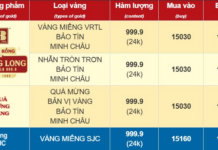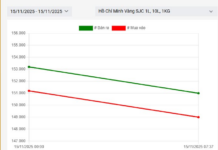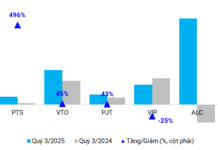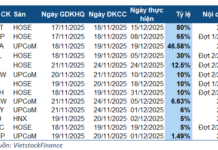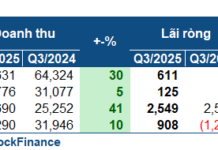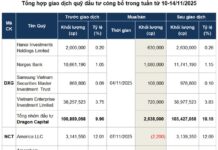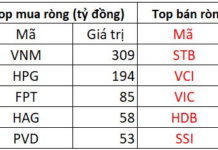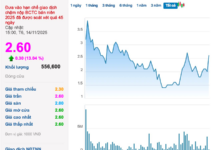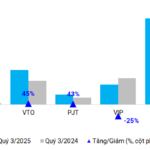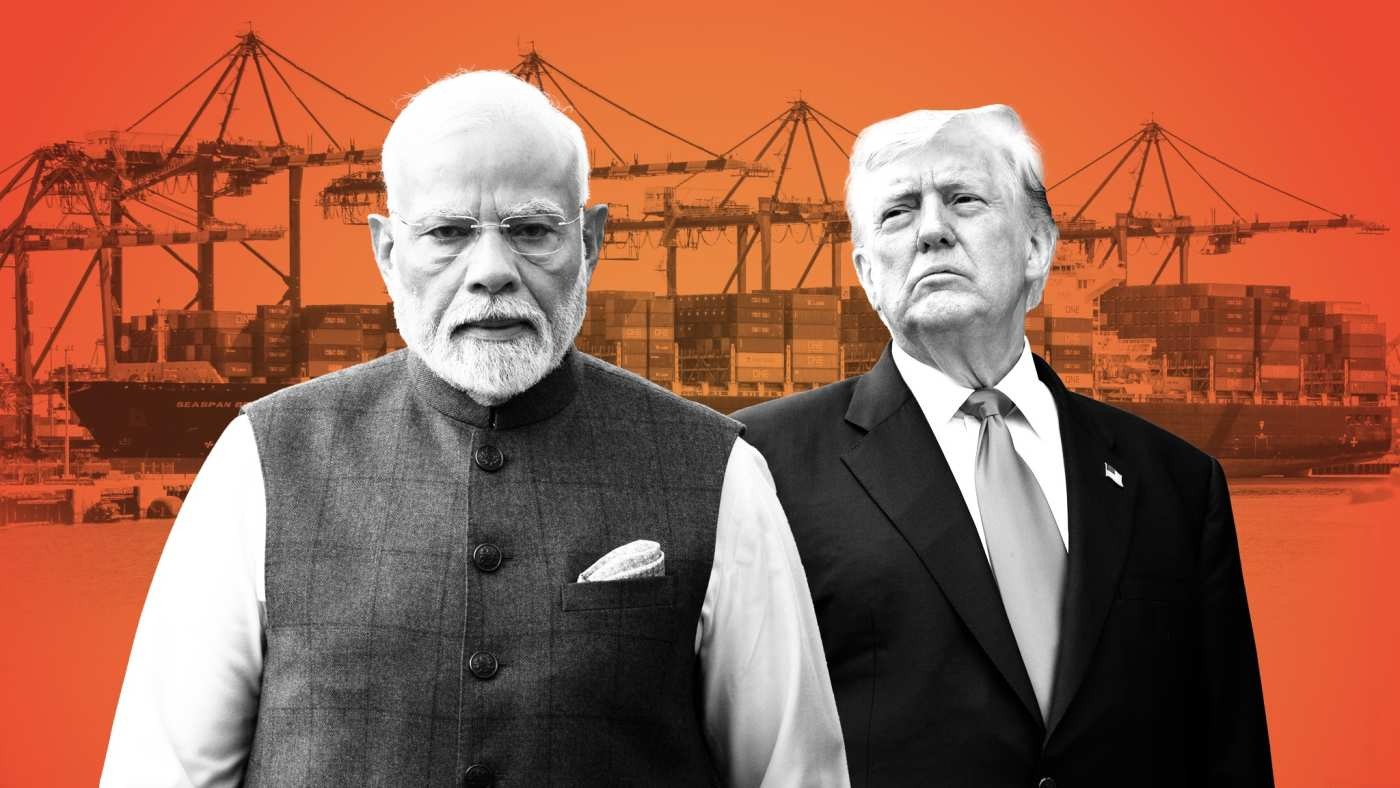
India only began importing oil from Russia after traditional suppliers diverted their supplies to Europe following the outbreak of the Russia-Ukraine conflict in 2022, the country’s Foreign Ministry said in a statement late on Wednesday.
The ministry criticized the EU and the US, saying, “The very countries that are criticizing India are themselves trading with Russia, and their trade is many times more than that of India. In their case, the trade is non-essential and in ours, it is essential.”
According to data from the European Commission, EU bilateral trade with Russia amounted to €67.5 billion ($78.1 billion) in 2024, while services trade in 2023 stood at €17.2 billion. Citing this data, India pointed out that the bloc’s trade was “significantly larger” than India’s total trade with Russia.
Data from the Indian Embassy in Moscow shows that bilateral trade between New Delhi and Moscow reached a record $68.7 billion in the year ending March 2025, nearly 5.8 times higher than the pre-pandemic trade level of $10.1 billion.
Meanwhile, the EU was Russia’s third-largest trade partner in 2024, accounting for 38.4% of the country’s total global goods trade, down from being Moscow’s top partner in 2020. EU goods trade with Russia fell to €67.5 billion in 2024 from €257.5 billion in 2021.
India’s response comes after Trump on Monday threatened to “substantially raise” tariffs on India, although he did not specify the higher rate. Last week, the US president had threatened a 25% tariff on Indian exports, as well as an unspecified “penalty.”
Trump also accused India of buying oil from Russia at a discount and “re-selling it at high prices.”
Russia has become India’s top oil supplier since the start of the Ukraine conflict, increasing imports from nearly 100,000 barrels per day, or 2.5% of total imports, to more than 1.8 million barrels per day in 2023, or 39%, according to a report by the US Energy Information Administration earlier this year.
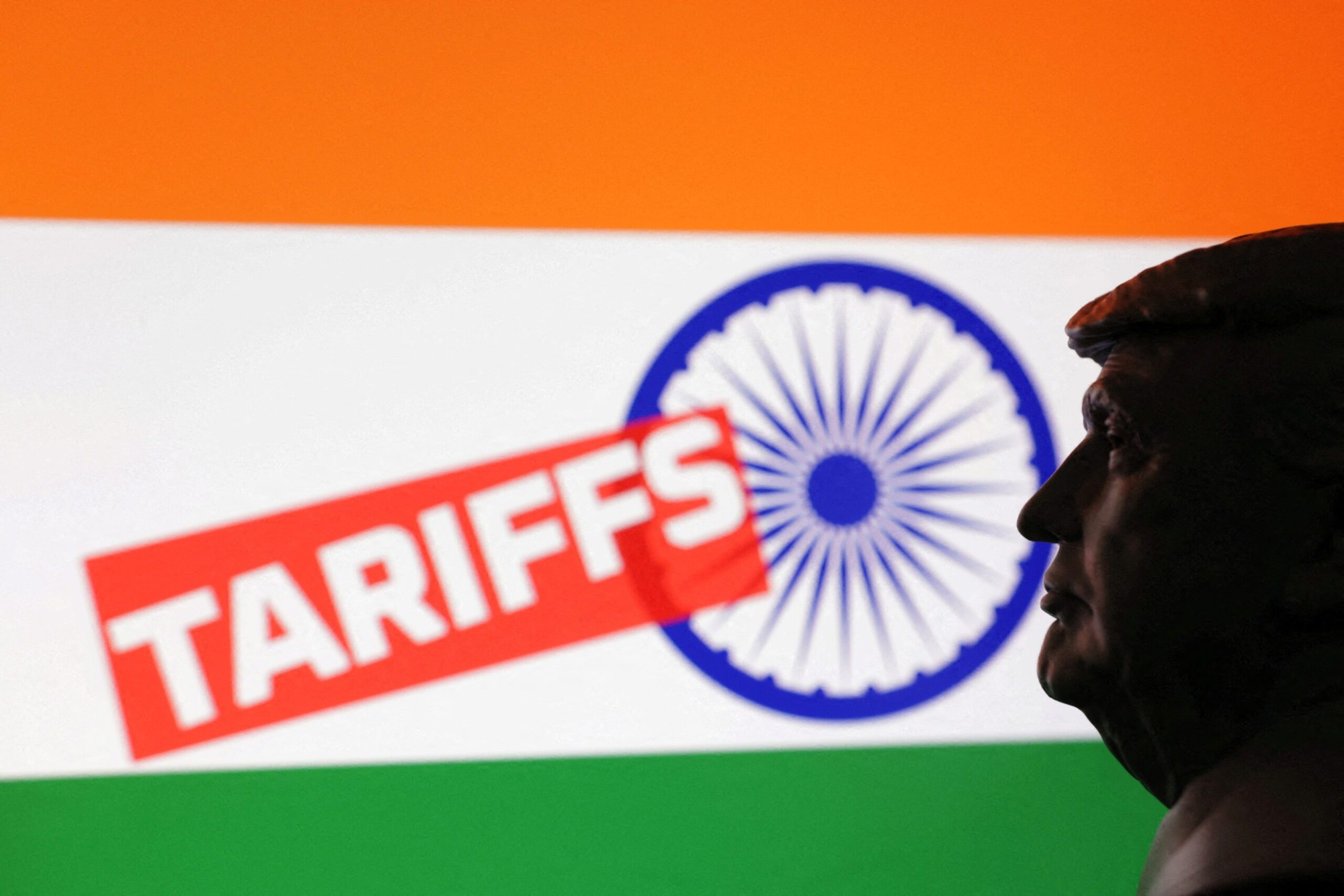
At that time, the US was actively encouraging India to import oil to stabilize the global energy market,” the country said in the statement.
“We wanted someone to buy that oil,” said Eric Garcetti, then-US ambassador to India, at a conference last year, referring to India’s oil purchases from Russia.
According to the International Energy Agency, 70% of Russia’s crude oil exports went to India in 2024. India stated that the oil imports were meant to ensure affordable energy costs for Indian consumers.
Previously, India had defended its oil purchases from Russia, with Hardeep Singh Puri, India’s Minister of Petroleum and Natural Gas, saying in an interview with CNBC last month that New Delhi had helped stabilize global energy prices and was encouraged to do so by the US.
“If people or countries had stopped buying at that time, the price of oil would have gone to $130 a barrel. That was the situation in which we were advised, including by our friends in the US, to buy Russian oil, but within the price cap,” said Puri.
India also took aim at the US, stating that it continues to import uranium hexafluoride for its nuclear industry, palladium for its electric vehicle industry, as well as fertilizers and chemicals.
Government data shows that bilateral trade between the US and Russia in 2024 stood at $5.2 billion, compared to nearly $36 billion in 2021. The US has not imposed any “retaliatory tariffs” on Russia.
“In this context, targeting India is unfair and unwarranted. Like any other country, India will take all necessary measures to safeguard its national interests and ensure the welfare of its people,” New Delhi said.
“VinFast Makes a Move: Billionaire’s Bold Bet on India Pays Off with New Factory and Orders”
“We are thrilled to announce that we have secured our very first orders from multiple countries within these regions,” exclaimed Pham Sanh Chau, VinFast Asia’s Managing Director.
“EVFTA: A Half-Decade Trade Triumph for Vietnam and the EU, with Nearly $300 Billion in Commerce”
After 5 years in effect, the EVFTA has facilitated trade between Vietnam and the EU, totaling nearly $300 billion. This has elevated Vietnam’s standing in ASEAN and on the global stage. The agreement has also driven institutional reforms, promoted the adoption of international standards, and fostered stronger business connections.






